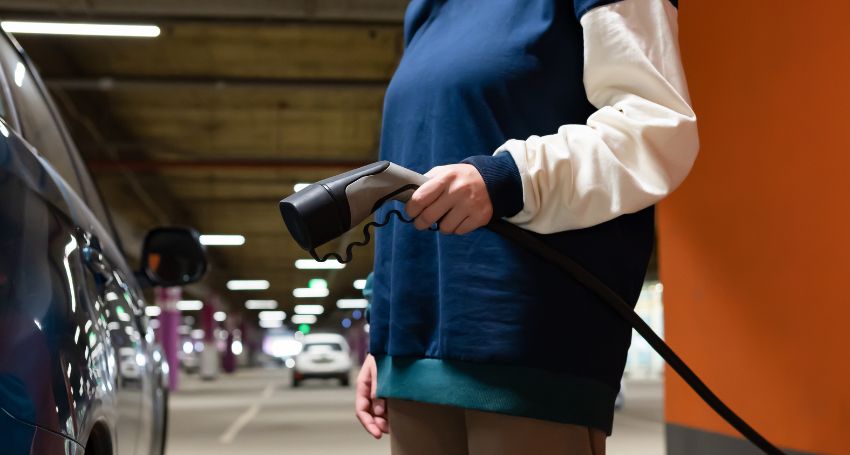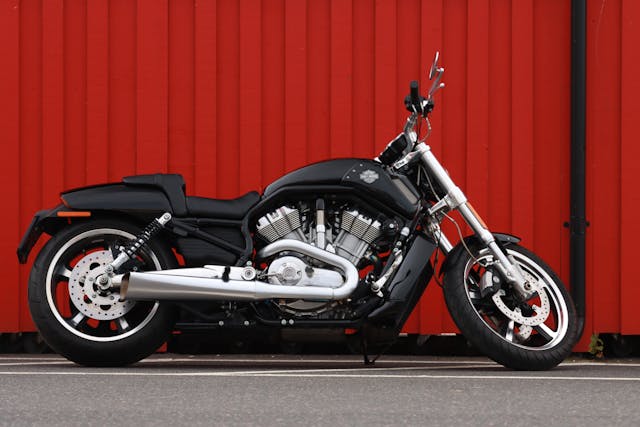
With the rising adoption of electric vehicles (EVs), more drivers are using DC fast charging stations to recharge their cars quickly. While DC fast charging offers convenience, especially during long trips, many EV owners wonder: Is direct current fast charging bad for EV batteries? This question has become a common concern as more people rely on fast-charging technology. In this article, we’ll explore the impact of DC fast charging on EV batteries, clear up common misconceptions, and provide best practices for maintaining battery health while using fast chargers.
What is DC Fast Charging?
DC fast charging refers to charging an electric vehicle’s battery with direct current (DC) at a high power output. Unlike Alternating current charging, which converts alternating current from the grid to direct current using the car’s onboard charger, DC charging bypasses the car’s converter and delivers power directly to the battery. This allows much faster charging speeds, making it ideal for quick top-ups or long-distance travel. Depending on the vehicle and charger capacity, DC fast charging stations can charge an EV’s battery from 20% to 80% in just 20-40 minutes.
How Does DC Fast Charging Work in EVs
DC fast charging works by directly supplying direct current (DC) to the battery at a higher voltage and power level than Alternating current chargers. This method significantly reduces charging times, making it convenient for drivers who need to charge their EVs quickly.
During fast charging, the car’s BMS closely monitors the process, adjusting the charging speed as the battery fills up. This is where the charging curve concept comes in: as the battery reaches around 80% capacity, the charging speed slows down to protect the battery from overheating or overcharging.
Is DC Fast Charging Bad for EVs?
The primary concern surrounding DC fast charging is its effect on battery health. Battery degradation is the natural loss of a battery’s capacity over time, which reduces how much energy it can hold and how far an electric car can travel on a single charge. Some believe that frequent use of direct current fast chargers accelerates this degradation.
While direct current fast charging can generate more heat than Alternate current charging (due to the rapid energy transfer), the occasional use of fast chargers minimally impacts long-term battery life. However, frequent and heavy reliance on direct current fast chargers can increase the rate of battery degradation over time due to the heat and stress placed on the battery.
Causing Of Accelerated Battery Degradation
If used excessively, Direct current fast charging can contribute to faster battery degradation. The heat generated during fast charging is one of the key factors in reducing the battery’s life. Heat accelerates chemical reactions within the lithium-ion batteries used in EVs, affecting their ability to hold a charge over time. As a result, the battery’s capacity decreases, leading to shorter driving ranges and the need for more frequent charging.
That said, most EV manufacturers design their BMS to limit the risk of degradation by adjusting the charging curve. As the battery approaches 80% capacity, the charging speed slows down to minimize stress on the battery. This feature helps reduce the risk of long-term damage caused by rapid charging.
How Often Should You Use DC Fast Charging
How frequently you use Direct current fast charging can affect your battery’s health. Occasional use of fast chargers—for instance, during long-distance trips—will not significantly harm the battery. However, using Direct current fast charging multiple times per week as the primary charging method can lead to more rapid battery degradation.
The best approach is to rely on Alternating current charging at home or work for daily charging needs. AC charging is slower but much gentler on the battery, helping to preserve its capacity over the long term. Use Direct current fast charging sparingly, such as when traveling long distances or needing a quick charge on the go.
Best Practices for Using DC Fast Charging
If you’re an EV owner who occasionally uses DC fast chargers, here are some best practices to help maintain your battery’s health:
- Use Fast Charging Only When Necessary: Limit the use of fast chargers to necessary situations, such as long road trips or emergencies. For daily charging, stick to AC charging at home.
- Avoid Charging to 100% with a Fast Charger: It’s better to charge your EV to around 80% when using a direct current fast charger. Charging beyond that can generate more heat, which can accelerate battery degradation.
- Allow the Battery to Cool: After a long drive or after using a DC fast charger, give your battery some time to cool before plugging it in again. High temperatures can increase the battery’s wear over time.
- Monitor Charging Habits: Monitor your EV battery by using the car’s app or monitoring system to track how often you use fast charging. Balancing fast charging with regular AC charging is the best way to extend your battery’s life.
Battery Management Systems Helps Protect EV Batteries
Modern electric vehicles have battery management systems (BMS) that help protect the battery during fast charging. The BMS monitors several key factors, including temperature, charging rate, and the state of charge, to ensure that the battery is not overcharged or overheated.
In addition to monitoring, the BMS adjusts the charging curve to slow down the charging speed as the battery approaches 80% capacity. This prevents the battery from receiving too much energy too quickly, which could lead to battery degradation. These systems are designed to balance fast charging speeds with battery longevity, ensuring that occasional use of Direct current fast chargers does not cause significant damage..
Future of DC Fast Charging
As technology advances, so too will the ways we charge EV batteries. Automakers and battery manufacturers are working on improving battery technology to handle higher charging speeds without suffering from degradation. This includes the development of solid-state batteries, which could offer faster charging times with less impact on battery health.
Additionally, improvements in battery management systems will continue to help mitigate the negative effects of fast charging, making it even more practical and less damaging to EV batteries in the future.



